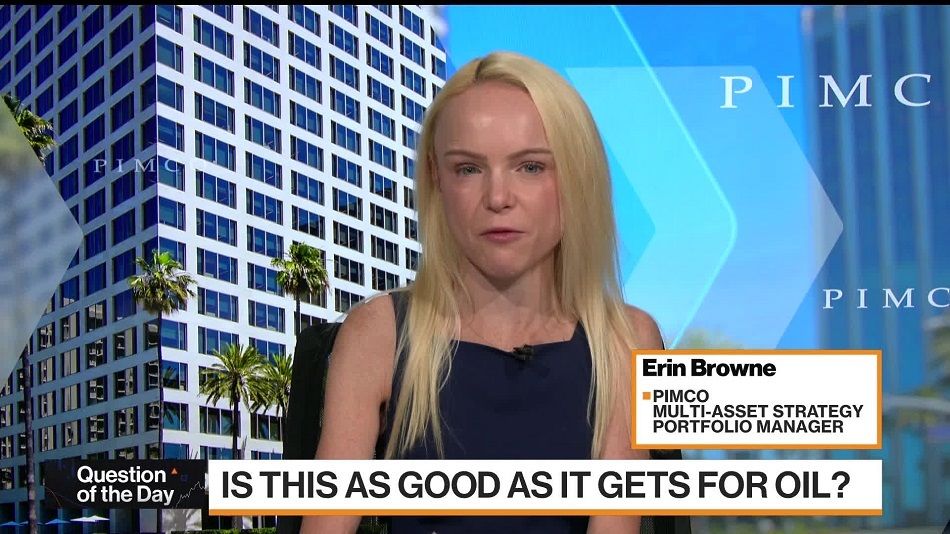Stocks faced a lot of instability, with traders weighing mixed economic numbers amid bets they won’t be enough to deter the Federal Reserve from reducing the pace of tightening next week as recently signaled.
(Bloomberg) — Stocks faced a lot of instability, with traders weighing mixed economic numbers amid bets they won’t be enough to deter the Federal Reserve from reducing the pace of tightening next week as recently signaled.
The S&P 500 wavered as an unexpected drop in short-term inflation expectations tempered worries with a hotter-than-expected producer price index. Two-year yields, which are more sensitive to imminent Fed moves, were flat. Swaps showed markets betting officials will raise rates by 50 basis points Wednesday, following four consecutive 75 basis-point hikes.
“Compared to where we were a year ago, we are in a better place and headed in the right direction,” said Mike Loewengart at Morgan Stanley Global Investment Office. “It’s unlikely today’s hotter-than-expected report would be enough to push the Fed to stick with the 75 basis point hikes next week, but any negative news on the inflation front is a thorn in the side of both the Fed and investors.”
In the run-up to the Fed decision, all eyes will be on Tuesday’s consumer inflation print — which is forecast to show inflation, while much too high, continued to decelerate. US central bankers, including Chair Jerome Powell, have been signaling a slowdown in the pace of rate hikes while stressing borrowing costs will need to keep rising and remain restrictive for some time to beat inflation.
The Fed is set to keep rates at their peak throughout 2023, dashing hopes markets have priced in for rate cuts in the second half, according to economists surveyed by Bloomberg.
The Federal Open Market Committee’s median projection is expected to show the benchmark peaking at 4.9% in 2023 — reflecting a 4.75%-5% target range — compared to 4.6% seen in September. That would deliver a hawkish surprise to investors — who currently bet rates will be cut by a half percentage point in the second half of next year, though they too see rates peaking around 4.9%. The current range is between 3.75% and 4%.
A combination of factors, including persistent inflationary pressures and higher-for-longer interest rates, could mean the economic recession that’s widely expected in 2023 will turn out to be shallow but drawn-out, according to strategists at Bloomberg Intelligence. A muted rebound in profits amid higher lending rates could slow the S&P 500’s annualized return to 5.7% in each of the next three years — half the speed of the 2010-2019 cycle.
While many investors are impatient for the Fed to deliver its last rate hike, history shows they should be wary of doing so while inflation remains elevated, according to Bank of America Corp. strategists.
An analysis by Michael Hartnett showed that stocks outperformed after the Fed stopped increasing rates during periods of disinflation in the past 30 years. However, during the era of high inflation in the 1970s and 1980s, equities had fallen after the last hike, they wrote. In the current cycle, they expect the Fed to raise rates for the last time in March 2023.
Stocks might be on track for their worst returns since the global financial crisis, but the market has endured the most daily routs in almost five decades, according to data compiled by Bloomberg as of Wednesday’s close. Those selloffs are calculated by a so-called hit ratio that measures the number of gains versus losses as a percentage of the total number of trading days.
That ratio stands at 43%, the S&P 500’s lowest since 1974. An annual hit ratio lower than 50% has only been seen 10 other times in the past 48 years, and the recovery has been painfully slow in most cases
Still, some of the world’s biggest investors predict that stocks will see low double-digit gains next year. Seventy one percent of respondents in a Bloomberg News survey expect equities to rise, versus 19% forecasting declines. For those seeing gains, the average response was a 10% return.
Some of the main moves in markets:
Stocks
- The S&P 500 was little changed as of 1:31 p.m. New York time
- The Nasdaq 100 rose 0.1%
- The Dow Jones Industrial Average fell 0.2%
- The MSCI World index rose 0.3%
Currencies
- The Bloomberg Dollar Spot Index was little changed
- The euro was little changed at $1.0551
- The British pound rose 0.4% to $1.2278
- The Japanese yen rose 0.2% to 136.40 per dollar
Cryptocurrencies
- Bitcoin fell 0.2% to $17,141.76
- Ether fell 0.7% to $1,269.49
Bonds
- The yield on 10-year Treasuries advanced seven basis points to 3.56%
- Germany’s 10-year yield advanced 11 basis points to 1.93%
- Britain’s 10-year yield advanced nine basis points to 3.18%
Commodities
- West Texas Intermediate crude fell 1.3% to $70.50 a barrel
- Gold futures rose 0.5% to $1,810.70 an ounce
This story was produced with the assistance of Bloomberg Automation.
–With assistance from Elena Popina.
More stories like this are available on bloomberg.com
©2022 Bloomberg L.P.











